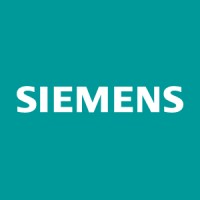
KUKA
KUKA SE & Co. KGaA is a global leader in intelligent automation solutions, generating around 3.7 billion euro in sales and employing approximately 15,000 people worldwide. Headquartered in Augsburg, Germany, KUKA’s mission is to make automation accessible for everyone - simple, intuitive and sustainable. With a strong focus on digital transformation, human-robot collaboration, and AI-driven solutions, KUKA provides everything from robots and cells to fully automated systems and their connectivity. Our solutions serve key industries such as as automotive with a focus on e-mobility & battery, electronics, metal & plastic, consumer goods, food, e-commerce, retail, and healthcare. In addition, KUKA is committed to sustainable technologies and circular processes, combining ecological responsibility with efficiency.






